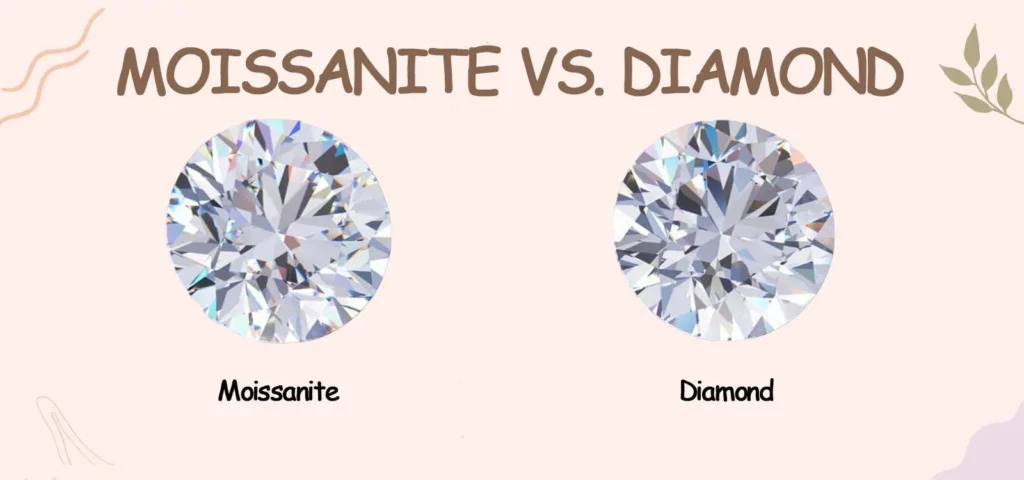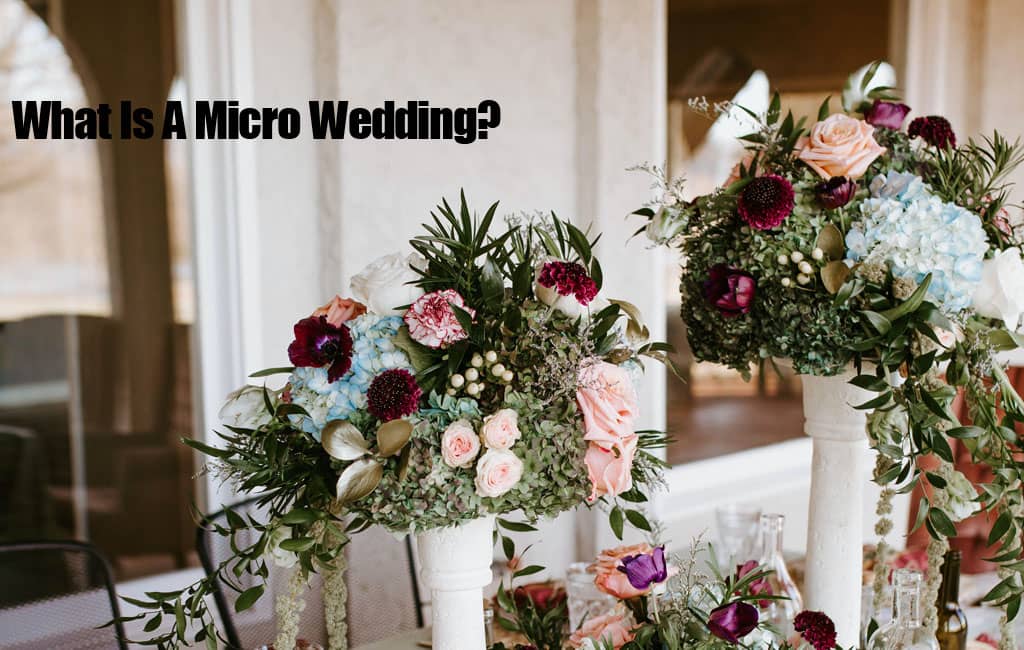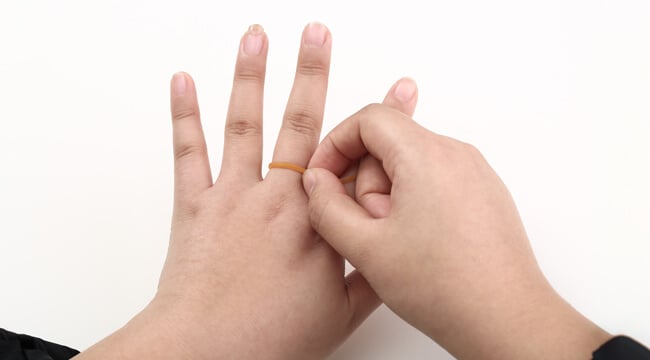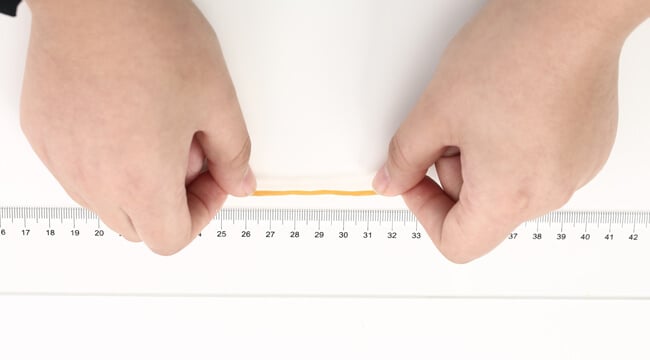Finding the ideal engagement ring can be an immense task for couples ready to embark upon this new chapter of their lives. While diamonds have long been the go-to choice in the United States for engagement rings, another option has recently become increasingly popular: moissanite. In this guide, we’ll look into moissanite’s qualities such as color hardness brilliance, and price.
Engagement Ring History
The tradition of giving engagement rings can be traced all the way back to ancient Rome; however, modern usage began in 1477 with Austrian Archduke Maximilian Ferdinand ordering one for Mary of Burgundy. Diamonds have long been seen as symbols of eternal love due to their rarity, brilliance, and long lifespan – qualities which made De Beers’ commercial mining of diamonds in South Africa especially appealing. Their marketing campaign “A diamond is forever” successfully captured the public imagination and cemented diamonds as the classic choice for engagement rings. However, shifting trends and environmental concerns have led to an increase in alternative gemstones like moissanite as alternatives for engagement rings.
What Is a Diamond?
A diamond is a naturally occurring mineral composed of carbon and graphite. Over billions of years, these carbon-containing fluids undergo extreme pressure and heat, eventually giving birth to diamonds. Natural diamonds come in various colors from clear through yellowish or gray hues with the clearest and most colorless diamonds being more valuable.
What Is Moissanite?
Moissanite is a gemstone composed of silicon carbide. The first moissanite gems were discovered by Nobel Prize-winner Henri Moissan in Arizona’s meteor crater in 1893 and mistaken for diamonds due to their brilliance and hardness; unfortunately, their rarity made them less suitable as jewelry material than diamond. Thanks to advances in science and technology, however, lab-grown moissanite now closely resembles natural diamonds in appearance and brilliance!
Moissanite Vs Diamond: Color
Naturally occurring diamonds come with an array of hues that reflect their environment. Moissanite is made in laboratories, giving greater control over color. Most moissanites available today fall within the D-I color scale, equivalent to higher grades of diamond quality.
Moissanite Vs Diamond: Hardness
Hardness refers to a gemstone’s ability to resist scratching and damage. Diamonds rank highest on the Mohs scale at 10, making them one of the toughest materials known. Moissanite comes close with an impressive 9.25 hardness rating making it perfect for daily wear.
Moissanite Vs Diamond: Brilliance
Brilliance refers to a gemstone’s ability to reflect white light, creating sparkle and “fire.” Moissanite outperforms diamonds in this regard due to its higher refractive index; its dispersal of light creates vibrant rainbow flashes often described as the “disco ball effect.”
Moissanite Vs Diamond: Price
One of the primary differences between moissanite and diamonds is their respective prices, with diamonds typically valued based on criteria like cut, clarity, carat weight, and color making them relatively costly whereas moissanite pricing tends to depend more on size and shape for pricing structure making it a cost-effective solution for larger stones within budget constraints.
Should You Consider Moissanite Over Diamond Engagement Rings?
Selecting between moissanite and diamond engagement rings is ultimately up to the individual. Moissanite rings have many advantages, including affordable price, ethical production, and brilliant sparkle; but some may find their sparkle too intense for everyday wear or prefer the tradition and prestige associated with diamonds; ultimately the choice comes down to your personal taste, budget, and values.
General Benefits of Moissanite
Moissanite offers several advantages beyond its affordability, such as:
Moissanite is ethically and environmentally sourced and produced in lab-grown form for optimal clarity, absence of inclusions, and high refractive index. With such impressive brilliance, it makes an exceptional choice!
Moissanite rings have an everlasting look and can even be passed down between generations due to their hard surface. They maintain a timeless appeal.
Related Reading:
Moissanite Vs Diamond: The Bottom Line
Both gemstones possess nearly identical visual characteristics that combine beauty, durability, and longevity. Moissanite offers an ethically sound yet economical option to those seeking an engagement ring to make an impressionable statement about themselves – the key is that whatever choice is made will align with your style and values.
So when starting your search for an engagement ring, consider the allure of moissanite as an alternative option to traditional diamonds.






